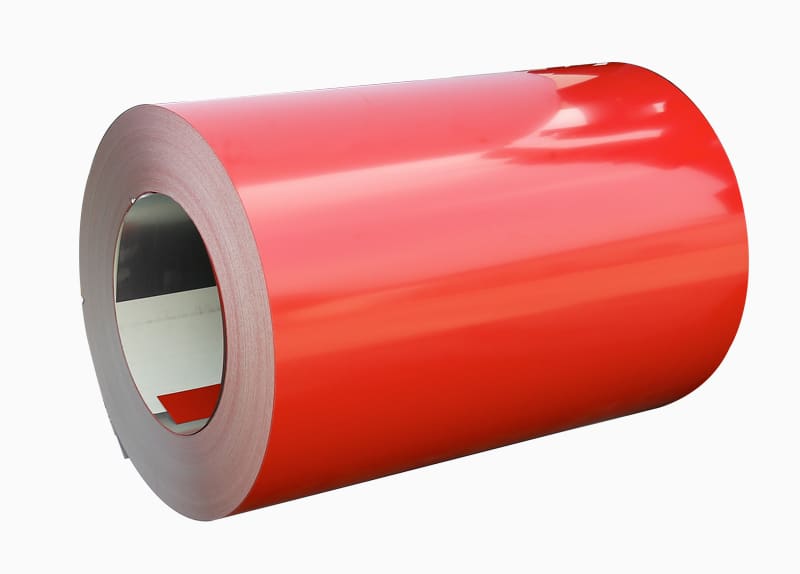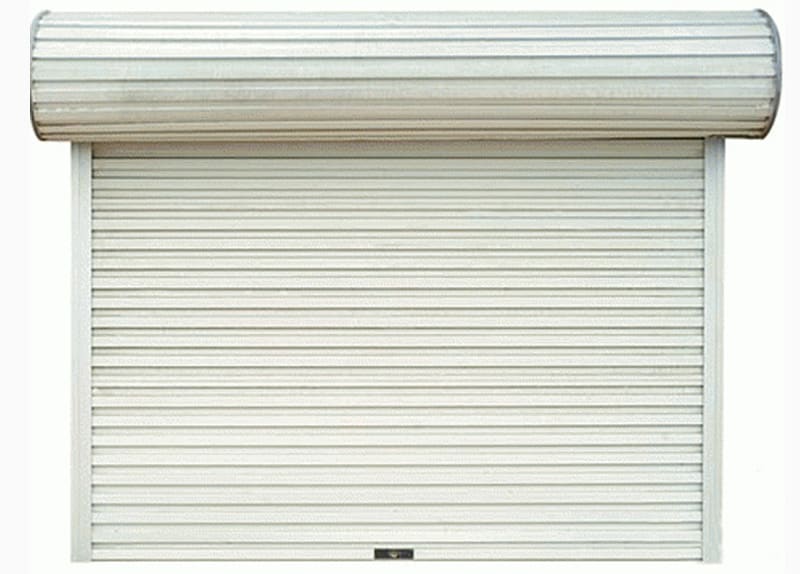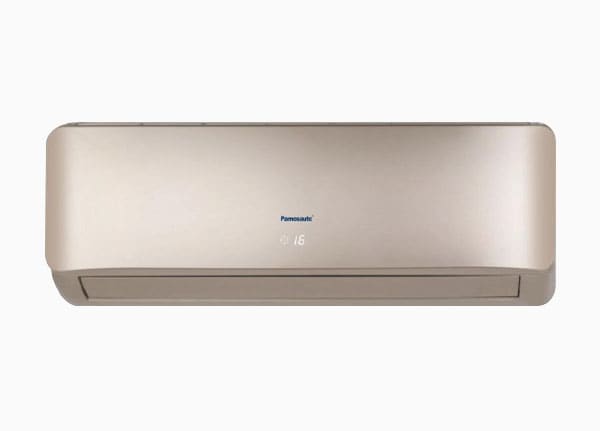- no.8,zaolin road,
longxiang street,
tongxiang,zhejiang,china - +86 573 89381086[email protected]
- DownloadsPDF Brochures
Shipping steel coils is a specialized process that demands meticulous planning, precise execution, and a deep understanding of logistics to ensure the product arrives at its destination in optimal condition. Due to their immense weight, high density, and susceptibility to damage, steel coils present unique challenges that differentiate their transport from many other commodities.
Before delving into shipping methods, it's crucial to understand the various types of steel coils and their specific characteristics, as these influence handling and transport requirements:
Hot-Rolled Coils: Produced at high temperatures, these coils are typically used for structural applications, pipes, and general fabrication. They are generally less prone to surface damage than cold-rolled coils but still require careful handling.
Cold-Rolled Coils: These coils undergo further processing at room temperature, resulting in a smoother, more precise finish. They are often used in automotive panels, appliances, and furniture, and are more susceptible to scratches and dents.
Galvanized Coils: Coated with a layer of zinc for corrosion resistance, these coils are used in roofing, HVAC, and automotive industries. The coating requires protection during transit to prevent abrasion.
Slit Coils/Narrow Coils: Larger coils that have been cut into narrower widths. While smaller, they still carry significant weight and require appropriate securement.
Regardless of the type, all steel coils share common characteristics: extreme weight, high density, and a tendency to shift if not properly secured, making them a potential hazard during transit.
Successful steel coil shipment hinges on addressing several critical factors:
The choice of transport mode heavily depends on distance, urgency, cost, and infrastructure availability.
Trucking (Road Transport): Ideal for shorter to medium distances, offering flexibility and door-to-door service. Requires specialized flatbed trailers or step-deck trailers equipped with proper securement points.
Rail Transport: Highly efficient and cost-effective for long distances and large volumes. Utilizes specialized railcars with coil cradles or blocking.
Sea Freight (Ocean Transport): Essential for international shipments. Coils are typically loaded into open-top containers, flat racks, or directly onto breakbulk vessels. Meticulous dunnage and lashing are crucial to prevent shifting in rough seas.
Intermodal Transport: Combines multiple modes (e.g., truck to rail, rail to ship) to optimize cost and efficiency, especially for long-haul or international movements.
This is arguably the most critical aspect of shipping steel coils. Improper securement can lead to catastrophic accidents, cargo damage, and significant financial losses.
Coil Cradles/Skids: These custom-designed structures, often made of wood or steel, support the coil's curved surface, distributing weight evenly and preventing it from rolling.
Chocks and Wedges: Used in conjunction with cradles or directly against the coil to prevent lateral movement.
Strapping and Banding: Heavy-duty steel or polyester straps are applied over and around the coil, anchored to the trailer or vessel deck. Multiple straps are often required, applied in a cross-directional pattern.
Chains and Binders: For extremely heavy coils, chains with tensioning binders provide superior strength and securement. Softeners or edge protectors should be used under chains to prevent damage to the coil's surface.
Dunnage and Blocking: Lumber or other materials are used to fill voids, brace the coils, and prevent shifting. This is particularly important for stacking coils or for securing them within containers.
Anti-Skid Mats: Placed between the coil and the transport surface to increase friction and reduce the likelihood of movement.
Orientation is key: Coils can be shipped "eye-to-the-sky" (lying flat with the eye facing up) or "eye-horizontal" (standing on their side). Each orientation requires specific securement techniques. Eye-to-the-sky is generally preferred for stability, while eye-horizontal may be necessary for maximizing space in certain containers or during specific loading operations.
Steel is susceptible to rust and surface damage, necessitating protective measures:
VCI (Volatile Corrosion Inhibitor) Packaging: Special papers or films impregnated with VCI chemicals release vapors that inhibit rust formation, providing an excellent barrier against corrosion, especially in humid or marine environments.
Waterproof Wrapping: Plastic or tarpaulin wraps protect coils from rain, snow, and condensation.
Edge Protectors: Used under straps and chains to prevent damage to the coil's edges.
Tarpaulins/Covers: For open-top transport (flatbeds, open-top railcars), heavy-duty tarpaulins offer protection from weather and road debris.
Given their concentrated weight, proper weight distribution is paramount to comply with legal axle load limits and ensure vehicle stability. Carriers must have precise measurements of the coil's weight and dimensions to position them correctly on the trailer or railcar. Overweight loads can result in fines, vehicle damage, and safety hazards.
Specialized equipment and trained personnel are essential for safe loading and unloading.
Cranes: Overhead cranes or mobile cranes with appropriate lifting attachments (coil hooks or C-hooks) are commonly used.
Forklifts: Heavy-duty forklifts with coil rams or specialized attachments can be used for smaller coils or specific warehouse operations.
Slinging Techniques: When slings are used, they must be rated for the coil's weight and positioned correctly to prevent crushing or damaging the coil's edges.
Pre-Shipment Inspection: Thoroughly inspect coils for any existing damage before loading. Document any imperfections.
Carrier Selection: Choose carriers with proven experience in handling heavy haul and steel products. Verify their equipment is suitable and well-maintained.
Driver/Operator Training: Ensure drivers and equipment operators are trained in proper securement techniques and safe handling procedures for steel coils.
Route Planning: For road transport, consider route restrictions (bridge weight limits, height clearances) and potential weather challenges.
Documentation: Maintain accurate documentation, including bill of lading, packing list, and any special handling instructions.
Communication: Maintain open communication between shipper, carrier, and receiver regarding pickup/delivery times and any unforeseen issues.
Risk Assessment: Conduct a thorough risk assessment for each shipment, identifying potential hazards and implementing mitigation strategies.
Shipping steel coils is a complex undertaking that requires expertise, specialized equipment, and adherence to strict safety protocols. By understanding the unique characteristics of steel coils, employing appropriate modes of transport, utilizing robust securement methods, and prioritizing protection against damage, shippers can ensure their valuable cargo reaches its destination safely and efficiently, contributing to a smooth and reliable supply chain. Investing in proper procedures and experienced partners is not just a cost, but an essential safeguard for successful steel coil logistics.

With high anti-rust performance, they are popular used in co...

PPGI / PPGL COIL full name is prepainted galvanized / galval...

Port:Zhejiang,China Advantages of Our Prepainted Galvanized ...

APPLICATION OF PPGI Construction:Outside:Workshop, agricultu...

